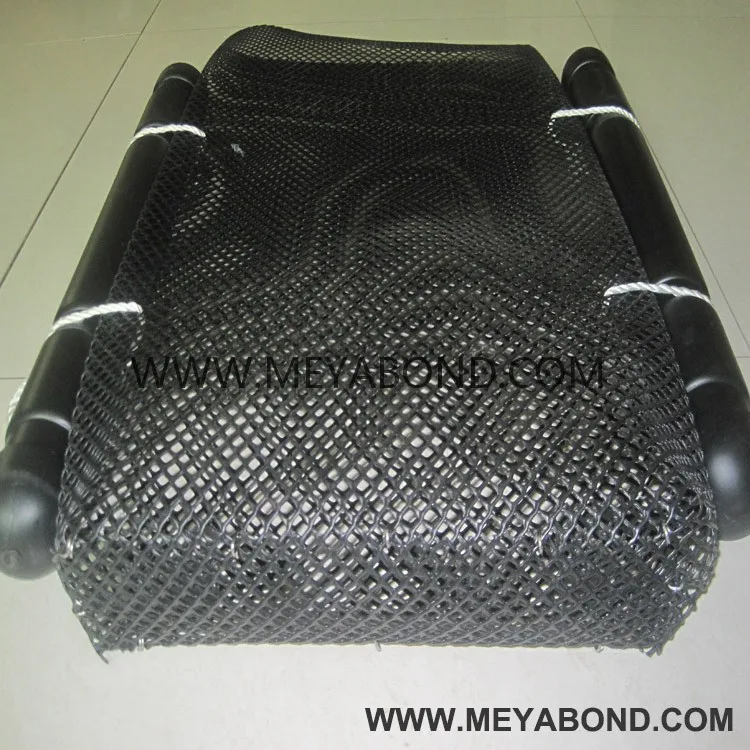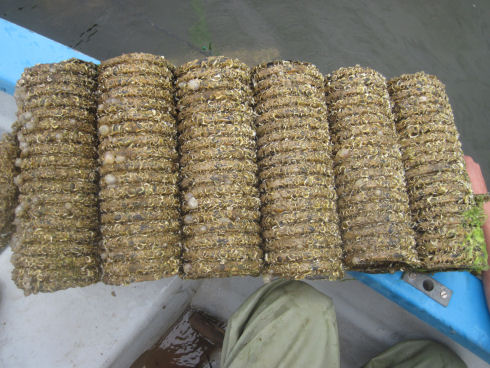
Suspended sacks of bivalve shells show great promise as O. Fouling was heavy and may have prevented larval settlement on collectors deployed too early. In general, most spat were observed on collectors deployed 1–2 weeks after the peak in larval abundance was detected. The most successful spat collectors were sacks of bivalve shells. edulis and the non-indigenous Pacific oyster (Crassostrea gigas) varied between locations and years. Larval abundance, and timing of peaks in abundance for both O. These different types included Chinese hats, Vexar mesh, PVC tubes, and four types of bivalve shells. The results of four different experiments investigating larval abundance, and the use of seven different types of suspended spat collectors in seven locations in the SW Netherlands were compared. edulis spat collectors intended for reef restoration purposes but may need further development for cultivation application.Ībstract = "Efficient spat collection is essential to both the successful restoration and cultivation of the European flat oyster (Ostrea edulis).
#Oyster spat collector download#
Download the latest report to farmers for aquaculture industry statistics and production data.Efficient spat collection is essential to both the successful restoration and cultivation of the European flat oyster (Ostrea edulis).The oyster industry management plan for Moreton Bay Marine Park supports the sustainable development of the commercial oyster industry in Moreton Bay.You will need to discuss technical and licensing aspects of any proposed aquaculture venture with staff from Fisheries Queensland and the Department of Environment and Science proceeding with site selection, design and, where applicable, land purchase.Spatfall occurs throughout the year, but peaks in Moreton Bay between November and March. Known spat-catching areas in southern Queensland are the Great Sandy Strait, Pumicestone Passage and the leeward sides of Moreton, North Stradbroke and South Stradbroke Islands. The batches are placed in the mid to lower part of the tidal range, where the spat settle on the sticks. In this method, 6–8 sticks are nailed to cross-beams to form frames that are then grouped to form batches. Stick placement is one of a variety of proven methods used for collecting spat. The artificial substrate must be attractive to the larvae to encourage them to settle and attach. The influences of tide, wind and currents must be considered before placing spat collection devices. developing a suitable substrate for the spat to settle on.deciding on an area in which to collect (this must be an area where spat are known to be present in the water).Collecting spatĬrucial considerations for spat collection include: This introduced species competes with rock oysters for food and space.

Restrictions are in place to prevent importing the Pacific oyster ( Crassostrea gigas) into Queensland. Selection of spat has become an important issue for Queensland growers, as they need to source supplies of stock that are both economical and contaminant-free. Many growers ask to see a sample of the stock before they buy. Some spat is still collected, but the amount is small compared to the spat sourced from New South Wales.īecause an oyster is considered spat up to the age of 12 months, size can vary considerably.

Queensland oyster farmers have, for some time, relied on importing spat from New South Wales for on-growing into Queensland waters.

The successive steps of growing and maturing depend on the quantity and quality of the spat. The first step in oyster aquaculture is finding a good source of spat (oyster larvae).


 0 kommentar(er)
0 kommentar(er)
